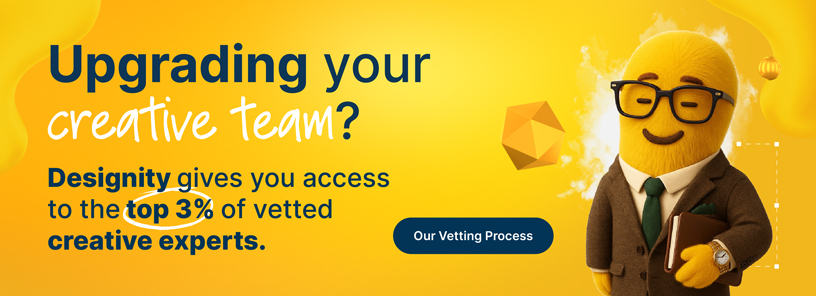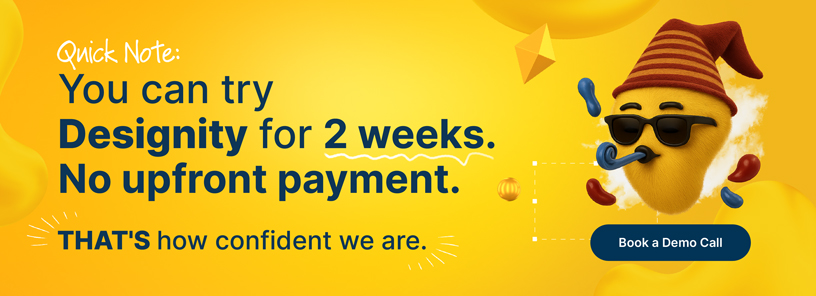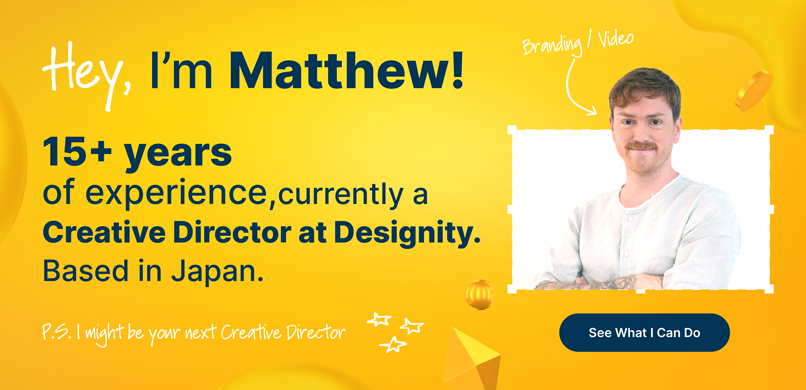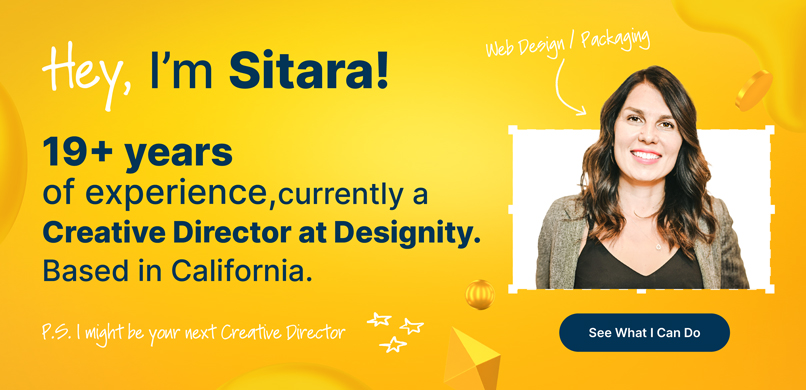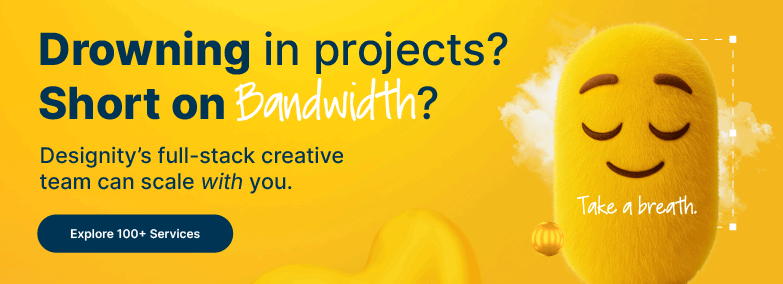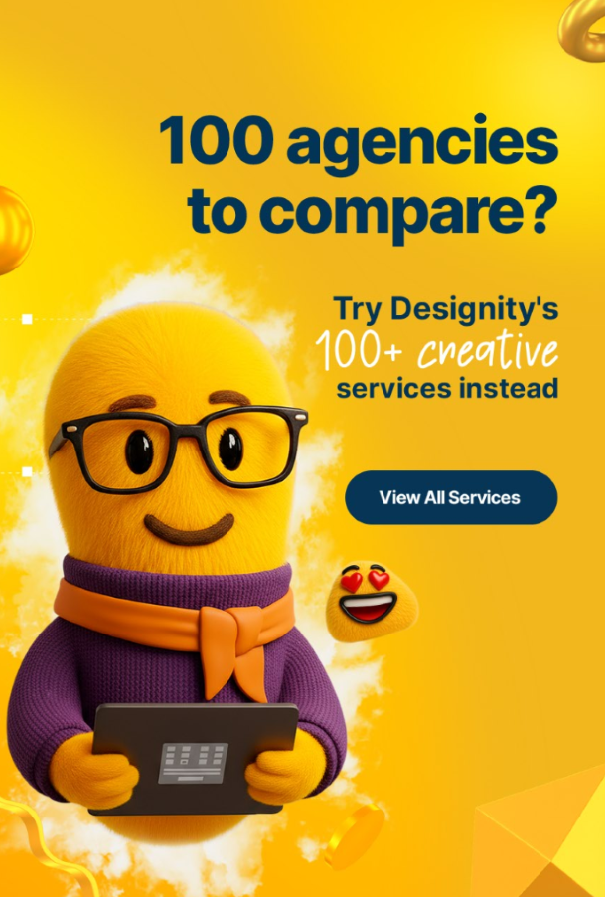In the dynamic world of Software as a Service (SaaS), staying ahead of your competitors is the name of the game.
And we find that the best way to stay ahead of the game is to have a killer content marketing strategy, one that positions your brand as the ultimate expert and resource, and one that positions your brand as the obvious choice out of all other brands in your market.
But what makes a great content marketing strategy?
Whether you’re a seasoned SaaS professional or a newbie just getting into the game, today’s blog is showing you what a game-changer your content marketing can be and 12 fire content-making tactics that will elevate your brand, captivate and delight your audience, and drive meaningful growth for your brand!
Let’s dive in!
Why Your Brand Needs a Killer SaaS Content Marketing Strategy
We’ve already mentioned how a strong content marketing strategy is key to building a successful SaaS company and helping you meet your marketing goals.
Here are some additional reasons why your brand needs an effective SaaS content marketing strategy:
- Educate Your Audience — SaaS products often introduce innovative solutions that may be complex or unfamiliar to users. A well-crafted content strategy helps educate your audience about the features, benefits, and applications of the software, making it more accessible and understandable.
- Build Trust and Credibility — Trust is crucial in the SaaS industry. High-quality content, like informative blog posts, whitepapers, and case studies, can position your SaaS company as an authoritative and trustworthy source in your industry and …
- Showcase Your Expertise — Content marketing allows a SaaS company to showcase its industry expertise. By sharing insights, thought leadership pieces, and valuable information, your company not only educates its audience but also establishes itself as a leader in the field, fostering a positive brand image.
- Search Engine Optimization (SEO) — Relevant and optimized content contributes to improved search engine rankings. A strong SEO presence keeps your SaaS company's offerings discoverable by potential customers actively searching for solutions, boosting your visibility, and attracting organic traffic.
- Lead Generation — Content acts as a powerful lead generation tool. Engaging content, like downloadable resources, webinars, and gated content, encourages users to provide their contact information, transforming them into leads for the sales funnel.
- User Onboarding and Retention — Beyond attracting new customers, content plays a vital role in onboarding and retaining users. Tutorials, guides, and other instructional content help users make the most of their SaaS product, reducing churn rates and increasing customer satisfaction.
- Differentiation in a Competitive Landscape — The SaaS industry is highly competitive, and a well-defined content strategy helps you stand out and create a distinct brand identity.
- Adapt to Customer Needs — A dynamic content strategy allows a SaaS company to adapt to changing customer needs and industry trends. Regularly updated content reflects responsiveness and ensures that your company remains relevant and aligned with market demands.
12 SaaS Content Marketing Tactics That Work

Now that you understand the importance of quality content marketing for SaaS brands, here is a list of 12 tactics to polish your strategies and make sure they are working to their full potential!
1. Get Your Story Straight
Before you start, you’re going to have to get your story straight.
Meaning you’re going to have to lay the foundation of your brand and your marketing goals.
So, what are your goals, and who are you as a brand?
Whatever your story is, you’ll need to stick to it to ensure that your marketing efforts contain the consistent messaging and branding that you need to build up your reputation and your audience’s trust in your brand.
Once you have that, finish laying this groundwork by optimizing your landing pages, website, and other valuable digital resources and making sure they are consistently branded. Your content will be driving traffic to those resources, after all, and you’ll need to be prepared.
The last thing you’ll need to do before getting started is to assign tasks and roles to your team. Digital marketing is (or should be) a whole-team effort, so making sure that everyone is on the same page before starting a campaign ensures that everybody knows what they’re doing, cuts down on confusion and overlap, and allows marketing assets to be created consistently.
2. Create User Personas
Once your groundwork is laid and your story is straight, you’ll then need to understand the audience you hope to reach.
We recommend creating a series of user personas for various members of your target audience.
If you’ve never done this before, a user persona is a detailed fictional representation of a member of your target audience you’re trying to reach. You’ll create everything about them, including their demographics, how they stumbled onto your SaaS product, any hesitations they might have before signing up, and the questions they’ll need to be answered to make them confident about choosing your brand over others.
This helps you better understand what this segment of your target audience is looking for in a SaaS solution and any pain points or challenges that their solution needs to effectively address. That way you can make sure that the content you create is hitting its mark and resonating with your audience each and every time.
If you aren’t sure how to create a user persona, then check out our recent blog, “Kickstart Your ABM Campaign Part 1: User Personas” to get started!
3. Focus on Pain Points …
About those pain points …
Your content marketing’s success hinges on its ability to empathize with your audience. After you’ve created user personas, it should be much easier to see what the pain points, needs, and other factors are of different segments of your target audience.
So, use this insight to create content that focuses on these pain points and positions your SaaS product as a real and tangible solution.
Go beyond just a laundry list of features to check off; your content should tell a story or paint a picture of how your product solved real-world challenges for other customers just like them.
Highlight real scenarios, use customer testimonials, and use your content to make a meaningful connection to each audience segment, showing them that you understand their struggles and whether it’s simplifying daily tasks, boosting productivity, or resolving compliance issues, your content positions your product as their personalized solution.
4. But See the “Big” Picture Too
… but at the same time, make sure that your content is not only laser-focused on solving certain pain points! You don’t want part of your audience feeling left out.
Widen the lens and, in addition to offering content that solves pain points, also offer content that addresses broader issues as well, like industry trends, exploring the future landscape, and providing insightful analysis.
By presenting the “bigger” picture, you can position your SaaS brand as a thought leader and demonstrate your understanding of the industry.
This also helps to educate your audience, equipping them with the knowledge and insight they need to navigate your niche and empowering them to make informed decisions for themselves.
5. Focus on the Decision-Makers
If you’re looking to make enterprise sales, understanding the different roles of key decision-makers within your audience is a strategic move that helps you create content that truly resonates.
So, check out your target organization’s structure and identify key decision-makers and various roles within it. Create user personas to help you understand their role, what could be holding them back, and the information and reassurance they’ll need for a “yes.”
By doing this, you can then tailor your content to address the specific needs, challenges, and interests of these individuals. Whether it's creating content that speaks to the concerns of C-level executives or providing resources that cater to the daily tasks of end-users, a personalized approach for different roles enhances the relevance of your content, increasing the likelihood of buy-in and adoption of your product across all levels of an organization.
6. Write for Each Stage of the Marketing Funnel

Your customers’ journey from awareness to conversion is a crucially important one!
In order to keep your prospects moving through your funnel, you’ll need to meet them where they are with content that resonates with them every step of the way.
The marketing funnel is split up into four stages: awareness, consideration, decision, and retention. Customers in each stage of the funnel have very different needs so creating content that speaks to these needs will help keep it relevant and your potential customers engaged through the entire customer lifecycle.
Aligning your content with each stage of the funnel not only caters to the needs of your audience but also maximizes your chances of conversion and long-term customer retention.
If you’d like to learn more about the full funnel marketing approach, click this link!
7. Do Keyword Research …
The hunt for a SaaS solution often starts on Google.
Because of this, you want your brand to be visible to those potential customers hunting for information on the web. To do that, your website and content are going to have to rank high with search engine bots.
A good place to start optimizing your content for SEO (search engine optimization), is to use the right keywords in your written content.
Use an SEO tool like Ahrefs or SEMrush (or any of your choice, there’s plenty to choose from out there) and do some keyword research, being mindful of things like user intent — the type of content the user wants to see when they use certain phrases to search for solutions or information related to your product, so that you can use those keywords in a way that makes sense.
Identify those keywords and then place them strategically in your blogs, your product descriptions, your headers, alt tags, and more to help search engine bots recognize your content as a valuable solution that users should see.
Don’t forget about the long-tail keywords too! Long-tail keywords are more specific phrases that users are typing into search fields and nailing these phrases can help you bring traffic to your site.
While you’re researching, you should also analyze the keywords your competitors are using. This can help you understand industry trends and could also reveal gaps in your strategy (or theirs!) that need to be addressed!
8. And Don’t Forget About Conversion Keyword Strategy
And while you’re focusing on keywords, don’t forget that while boosting visibility is a wonderful thing, your ultimate goal is conversion.
So, shape your content around keywords that indicate a user’s intent to take some action.
Opt for keywords that not only align with what users are searching for but also ones that strategically guide them toward action.
Keywords like, “buy SaaS software”, “purchase CRM tool”, ”SaaS demo request”, “SaaS subscription plans”, or “discounted SaaS software” can draw in those customers who are at the bottom of the funnel, actively considering or ready to make a decision, and put your product in front of their eyes.
9. Quality Over Quantity
If you’ve ever watched someone scarf down 75 dry hot dogs at a fair, you know that there is definitely something to be said for “quality over quantity.”
The same applies to your content. Be sure that you strike a balance between delivering too little and delivering too much.
Cranking out content so that you can post it on social media or zap it into your recipient’s inbox three or four times a day not only overwhelms your audience but can easily lead to sub-par content that feels rushed or contains a number of easily preventable mistakes or inaccuracies.
Instead of focusing on mass amounts of content, find that perfect balance and aim to create only well-written, visually appealing, and insightful content that resonates with your users and has real value beyond “we need to post 10 times a day, so here’s something else.”
In addition to providing value to your audience, quality content also gives you a bonus since it leads to more visitors and longer periods of time spent on your website. This indicates to search engine bots that you’ve got something worth reading and improves your search engine ranking.
10. Write for People, Not for Bots
We don’t mean to sound contradictory here, but there is one thing you should remember when using your keywords to optimize for SEO.
Even though pleasing the almighty search bots is important, you should still remember that, ultimately, you’re writing for people. It’s your potential customers who need to be swayed and reassured by your content because they’re the ones who are going to purchase your product, not the bots.
If you’re using keywords just for the sake of keywords or stuffing too many in each product description or blog paragraph, the potential customers you’re trying to win over are going to notice and they’re going to get irritated and they’re going to click away.
So, yes, maybe initially, some awkward-sounding content might rank higher, but pretty soon people are going to take notice and if your content is not helpful or doesn’t read well, then they’ll quickly click away.
Content that doesn’t read well leads to higher bounce rates and will eventually negatively impact your search engine ranking anyway.
In a nutshell, write to build brand loyalty, not to please bots! They’ll catch on soon enough.
11. Aim to Build Trust and Credibility
In the SaaS industry, trust and credibility are the cornerstones of a successful customer relationship.
Your content should go beyond just being helpful; it should provide insight, solutions, and a genuine understanding of your audience’s pain points. Position your brand not just as a provider but as an expert in the SaaS industry (so make certain that you are!).
When you know your stuff, your audience will be more likely to refer to your brand as a trusted resource. Consistency is key here. Consistently delivering accurate, timely, and valuable information not only establishes your credibility but also fosters long-term trust. So, engage with your audience, address their concerns, and actively seek their feedback.
A two-way conversation builds trust and loyalty far more effectively than a one-sided monologue!
12. Put Effort into Your Distribution
You can have the most amazing and authoritative content out there, but if you aren’t distributing it effectively, then you’re wasting your time.
Create a distribution schedule and stick to a content calendar so that every piece of content you post is consistent in branding and timing.
Refer to your user personas to find the best distribution channels (more on that below) where your target audience can be found. You’ll need more than one so use those personas to see where you’d be best off focusing your efforts and what channels you can skip. Do some research on when you should be posting as well, focusing on things like time of day, seasons, and more when delivering your content.
It’s a team effort, so you should have people who are dedicated to content creation and distribution to ensure that there are no hang-ups or gaps in your schedule!
Ways to Deliver Your Content

As promised, here are some excellent ways to get your content in front of your target audience.
Again, refer to your user personas to see which channels would work best!
Your Website
Your website should be a treasure trove of information for your potential customers to peruse!
If your website doesn’t have a dedicated blog, then start one! Regularly update your blog with insightful content related to your SaaS products and industry trends.
You should also consider adding a resource hub to your site, a dedicated section where your visitors can find helpful information and downloadable resources like white papers, how-tos, and case studies. It’s also helpful to add video content here as well, with recorded webinars or video tutorials to showcase your product’s features, troubleshoot common issues, and provide some valuable insight.
Social Media
Social media offers you a great way to deliver your content to your target audience so that they can like, share, and repost it to their followers too!
Share visually appealing content, including infographics, images, and short videos on platforms like Instagram, Facebook, LinkedIn, X (formally Twitter), and more. You can also run interactive campaigns, polls, Q&A sessions, contests, and more to encourage audience engagement and expand your brand’s reach.
Be sure that the content you create is something that your followers will want to share so that you can get your content in front of as many eyes as possible and win more potential customers over to your brand!
Email Campaigns
Email campaigns are another excellent way to share your content with users or potential customers who have previously expressed interest in your brand.
Send regular newsletters with product updates, industry insights, and snippets and links to your other valuable content.
Automate your email campaign to nurture your leads and use your content to further guide them through the customer journey. For your existing customers, exclusive content or early access to subscribers can both reward your loyal customers and encourage new ones to sign up!
Influencers or Affiliates
If you can find a social media influencer that vibes with your brand or an affiliate in your industry to promote your product in exchange for a commission, you can get your product in front of an entirely new audience!
You can also have influencers or notable individuals in your industry contribute a guest blog or other content (or vice versa) to expose your brand to all of their followers.
Having influencers or affiliates leave you positive product reviews or testimonials can also be incredibly helpful as well, as it gives your brand more credibility and authority!
3rd Party Channels
Third-party platforms, meaning platforms other than yours, SaaS-relevant forums, and other communities independent of your owned channels, can also significantly expand your brand’s reach.
You can do this by guest posting on well-established industry blogs, contributing content to relevant forums or communities, or even exploring content partnerships with other businesses.
Diversifying your content distribution across all of these external channels can expose your SaaS business to new audiences and enhance your overall content strategies!
<div class="c-blog_comp-cta cc-component-1"><div class="c-blog_comp-cta-left"><div class="c-blog_comp-cta-left-wrap"><img src="https://global-uploads.webflow.com/61cdf3c5e0b8155f19e0105b/6369722e59155470b6840033_Potential-clients.png" loading="lazy" alt="" class="c-blog_comp-cta-left-img"></div></div><div class="c-blog_comp-cta-right"><div class="c-blog_comp-content"><div class="c-text-wrapper cc-mb-32"><div class="c-title-4 cc-bold"><strong>Want to save money without sacrificing the quality?</strong></div></div><div class="c-text-wrapper"><div class="c-text-2">Say goodbye to traditional, expensive agencies and unreliable marketplaces. Say hello to Designity.<br></div></div></div><div class="c-blog_comp-wrapper"><a href="/pricing" target="_blank" class="c-button cc-primary cc-inverted w-button"><strong>Get Your 2-Week Trial</strong></a></div></div></div>
One Last Tactic That Works
If you’re sold on implementing one or more of these content marketing tactics to your existing strategies, only you lack the copywriters, designers, social media experts, and more to create and distribute your content, then all hope is not lost, friend.
There’s one more content marketing tactic that works and that’s putting Designity on your content marketing team.
Designity is made up of the top 3% of US-based talent, including all of the experts you’d ever need to create and distribute killer content like insightful blogs, engaging videos, informative newsletters, eye-catching graphics, and anything else your SaaS brand needs.
And with a dedicated and experienced Creative Director on your team, managing and sourcing creative talent and making sure all of your marketing assets are delivered on time, you can have the content you need to put your strategies into action in no time.
Why not take a look at our portfolio and see if our style vibes with your brand?
If it does, then book your demo call today and let’s get you started on your two-week, no-obligation trial.
We’re not a match, just cancel during your trial and walk away not owing us a cent.
But if we are (and something tells us that we are) then get ready to give your content marketing the breath of fresh air it needs to start reaching new customers and taking your business to new heights.
What content marketing strategies does your brand swear by?
.webp)



